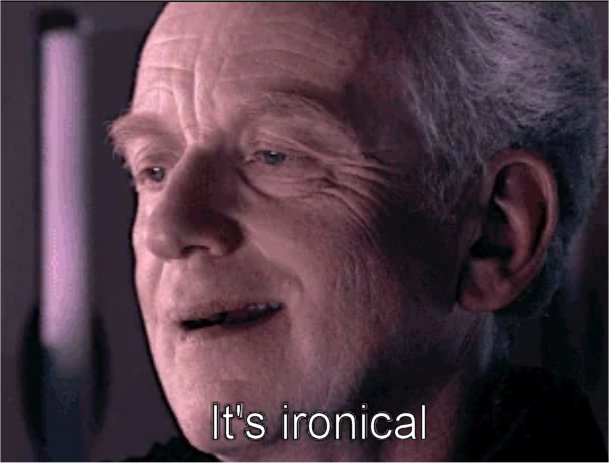They are all TAAU based from what I knew.
Yes... and no?
That's like saying all upscalers are a hack of super sampling when it comes down to it, while ignoring how they resolve the problem? The fundamental existence of all these upscaler variants is in how they resolve the problems.
All modern upscalers start with super resolution upscaling
They all use motion vectors, they buffer sub-pixels and correct themselves from frame N+1. That's where the similarities end.
Because super sampling is too expensive on performances, they did a temporal average of it, the average is with motion vectors, they all share that baseline. With motion vectors you'll have a bunch of gaps filled naturally with the next frame and almost as full as checkerboard interlacing, but fine geometry and complex lighting/denoising still has problems with this shortcut
They do frame blending from multiple frames. But it's not perfect. This is the mask of detection patterns where the image failed to reconstruct after a sample per pixel
To fix what's within the mask, that's why you have TAA/TSR/FSR/DLSS/XeSS/etc. The game gives you subpixel information and vectors, you can let your imagination run wild in how to resolve the problems.
Now how the upscalers approach refining these errors is completely different between the algorithm ones like TAA / FSR 2/3 and the ML upscalers like DLSS and FSR4, completely different.
TAA is closer to checkerboard. It has an algorithm that reconstruct the gap from a pixel center with surrounding information including the new frame for sub-samples and a few other fancy rotating patterns to negate jitter but its an algorithm that approaches the problem the same no matter the gap. It has no understanding of what it is. It does not change its approach for a mast or thin wires. Checkerboard was more simplistic with interlacing frame pixels. Still both of them considered spatial-temporal super sampling algorithms
ML upscalers, but more importantly, DLSS, is literally this concept in the video, which started when Nvidia made ML to fix jpegs.
ML is trained on particular suspects that create problems such as thin wires and so on. Unlike TAA who applies by "dumb" algorithms, ML upscalers will recognise what it is trying to fix, how it should look, it does not apply the same logic or pattern "dumbly" on whatever it sees in the game. The more it is trained the more it recognize what it is trying to fix and how it should look like.









